In the United States, personal lubricants are considered medical devices by the Food and Drug Administration (FDA) when they are intended for use during sexual activity to supplement the body’s natural lubrication, moisturize, or ease discomfort.
Silicone-based personal lubricants also under Class II medical devices, requiring FDA clearance through the 510(k) premarket notification process. This process ensures that the product is substantially equivalent to a legally marketed device (predicate) in safety and effectiveness.
To get a personal lubricant FDA listed and cleared:
- Determine Classification – Personal lubricants are governed and cleared by the FDA for sale and are classified as either a Class I or a Class II Medical Device, depending on the use. Most lubricants are Class II under product code “NUC”.
- Prepare a 510(k) Submission – Include details on composition, biocompatibility, shelf life, and performance testing.
- Demonstrate Substantial Equivalence – Compare your product to an existing FDA-cleared lubricant.
- Submit to FDA and Await Clearance – Reviews typically take a few months.
Once cleared, the device is officially FDA listed and marketable in the U.S. It’s important to follow FDA labeling, safety, and manufacturing guidelines to maintain compliance.
FDA 510(k) approval assures consumers that the lubricant has been rigorously tested for safety, making it a trusted choice for intimate health. This is important for consumers’ health.





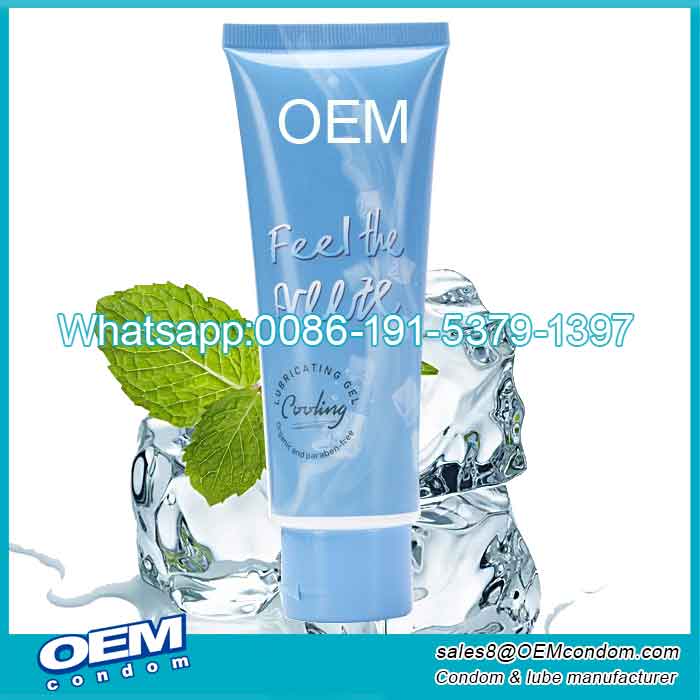
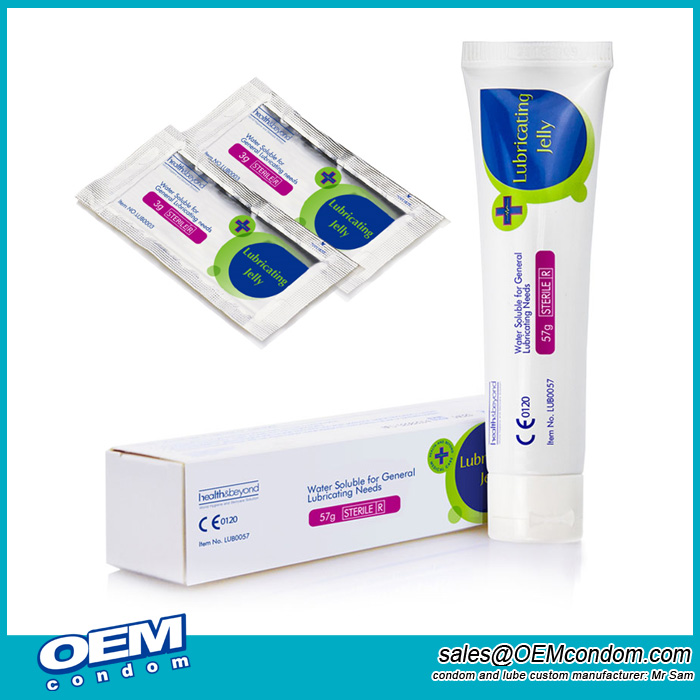
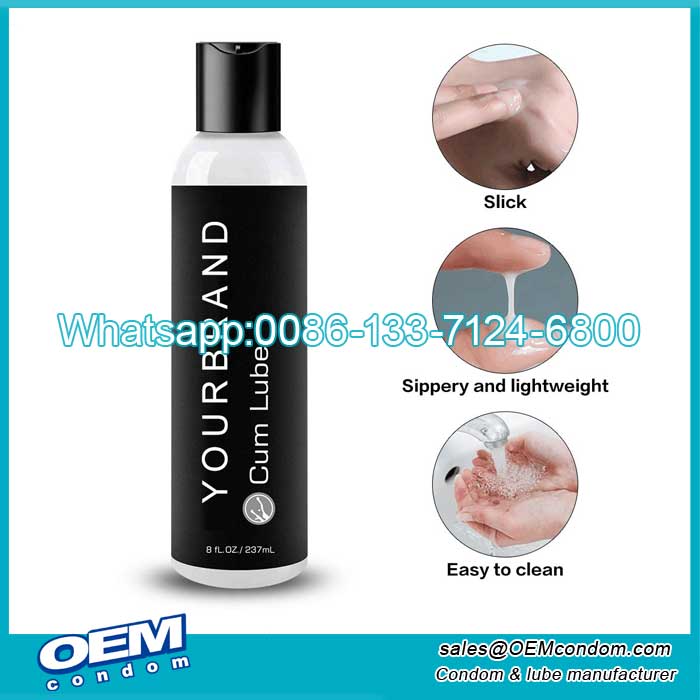
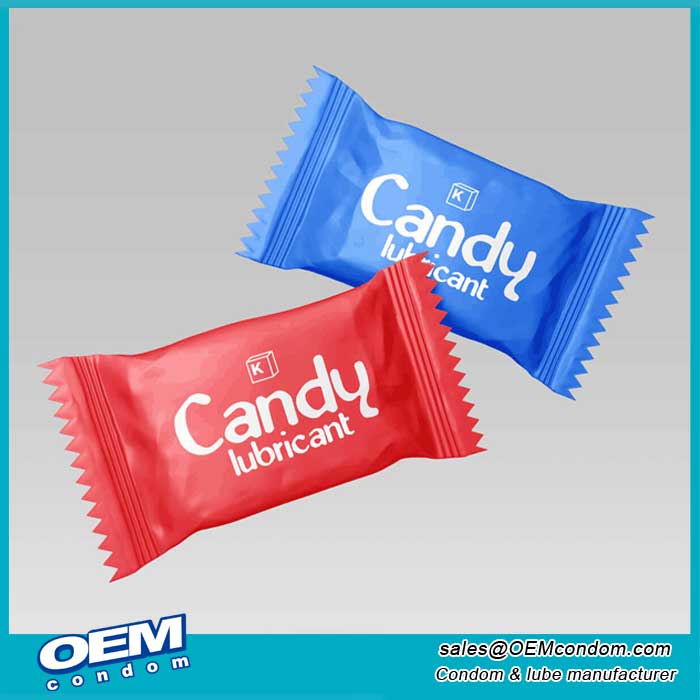
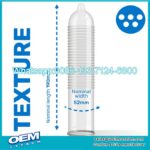 Best ribbed condoms for her
Best ribbed condoms for her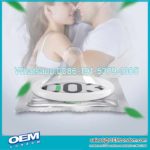 Do ultra thin condoms break easily?
Do ultra thin condoms break easily?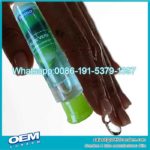 Aloe vera water based lubricant gel manufature
Aloe vera water based lubricant gel manufature Ribbed Dotted Tight Condoms For More Intense and Pleasurable
Ribbed Dotted Tight Condoms For More Intense and Pleasurable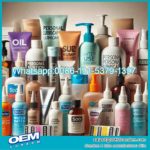 different types of personal lubricants and their packages
different types of personal lubricants and their packages